|
Since the start of the pandemic, many of us may have found our usage of electronic screens progressively on the rise- from phones and laptops to tablets and televisions. As the amount of time we spend facing these screens increases, so does our exposure to the blue light emitted from them. While blue light is beneficial for keeping us alert and attentive during the day, it can sometimes interfere with our nighttime wind-down and disrupt our slumber. We share three practices to help manage blue light exposure in such a way that aligns with your sleep cycle and circadian rhythm. Negate the effects of daytime blue light exposure with nighttime red light therapy While blue light suppresses melatonin production and boosts energy, clarity and mood, red light does quite the opposite. Red light helps activate and regulate your circadian rhythm by signaling your body to produce melatonin, the sleep hormone. The initiation of melatonin production facilitates rest and recovery, while expediting the time it takes to wind-down and fall asleep. According to this study, 2 weeks of red light treatment improved the quality of sleep, melatonin level and endurance performance of female athletes. If you’re looking to introduce more red light into your nighttime routine, you can begin by swapping out your bedroom’s bulbs for red bulbs; however, it’s important to note that not all red light technology is the same. Although tinted red bulbs can certainly provide the right glow for a soft slumber, the most effective form of red light emits wavelengths that conventional bulbs do not. A high quality LED red light device generates near-infrared light (NIR) wavelengths, which are longer in size than traditional red light. Wavelengths are measured in nanometers, with near-infrared red light ranging from 810nm to 850nm, and red light ranging from 630nm to 660nm. The LED red light device can be an investment, but those who seek regular red light therapy may find its power and portability worth the purchase. LED Red Light Therapy Devices: Make devices easier on the eyes by changing brightness settings FOR IPHONES:
FOR ANDROIDS: Additional tips: Set boundaries Ideally, our mobile devices should remain outside of the bedroom while we sleep, however, that isn’t always feasible. If you use your cell phone as an alarm in the morning, pre-set your alarm in advance so it’s one less thing to worry about before shut-eye. You can also program your alarms for designated days of the week and create a ‘sleep schedule’ that sends gentle nudges to get you to bed on time each night. Another habit to consider if you prefer your phone on your nightstand: keep your phone face down to prevent notifications/alerts from lighting up the screen and room. Longevity Living, an aspirational lifestyle blog by Longevity Fitness Charleston, is your source for all things fitness, nutrition and wellness. Be sure to subscribe to our weekly newsletter for scroll-worthy articles, must-watch videos from our expert trainers, studio updates & more.
0 Comments
Leave a Reply. |
AuthorWrite something about yourself. No need to be fancy, just an overview. Archives
March 2022
Categories |
|
THE LONGEVITY CLUB
163 Rutledge Avenue Charleston, SC 29403 Call: 843-720-2700 Text: 843-729-7897 [email protected] @longevityclubchs | @longevitykiawah For press inquiries, please contact: Julie Montgomery at [email protected] or Maria Castellano at [email protected] For general inquiries and support, please contact: [email protected] |
Copyright © 2023

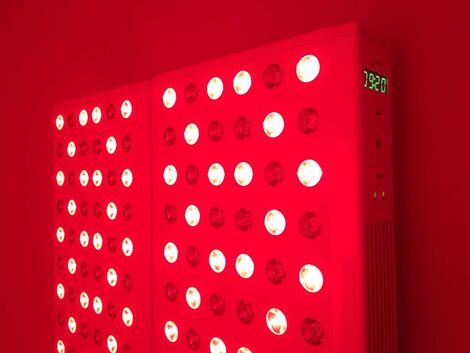
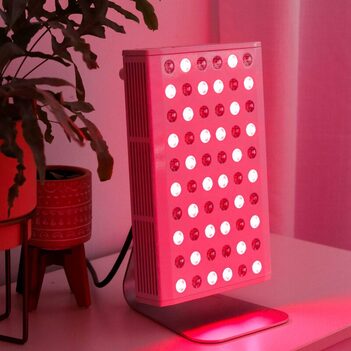
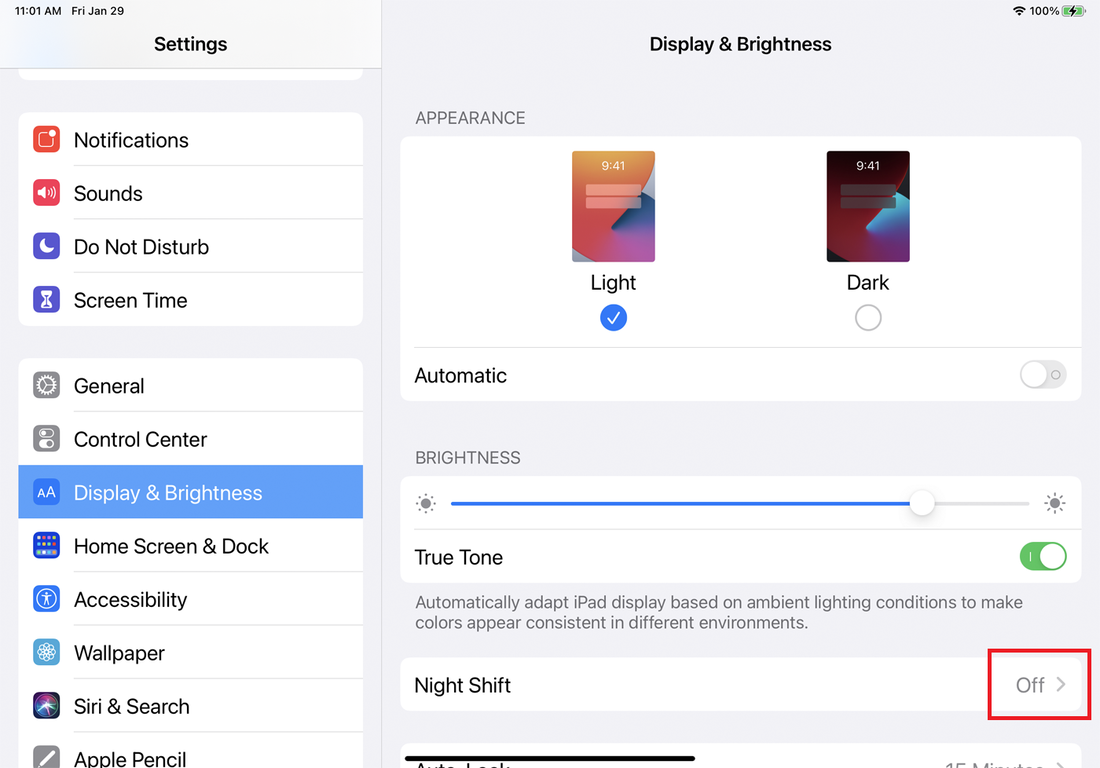
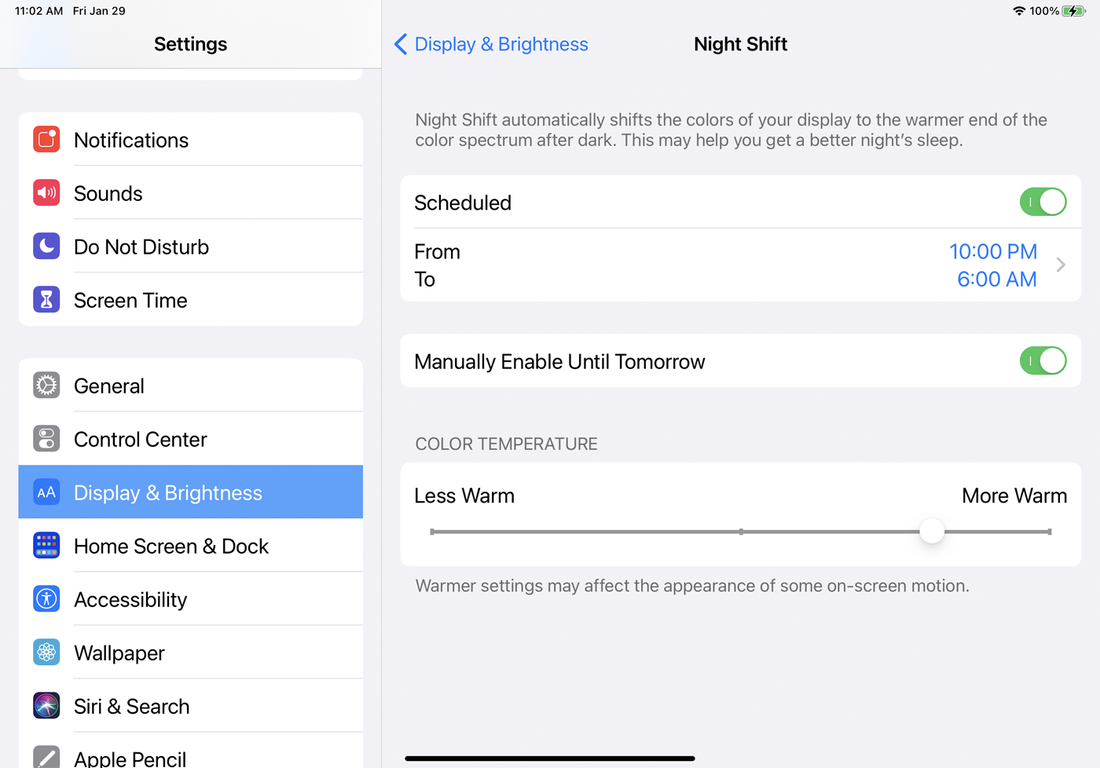
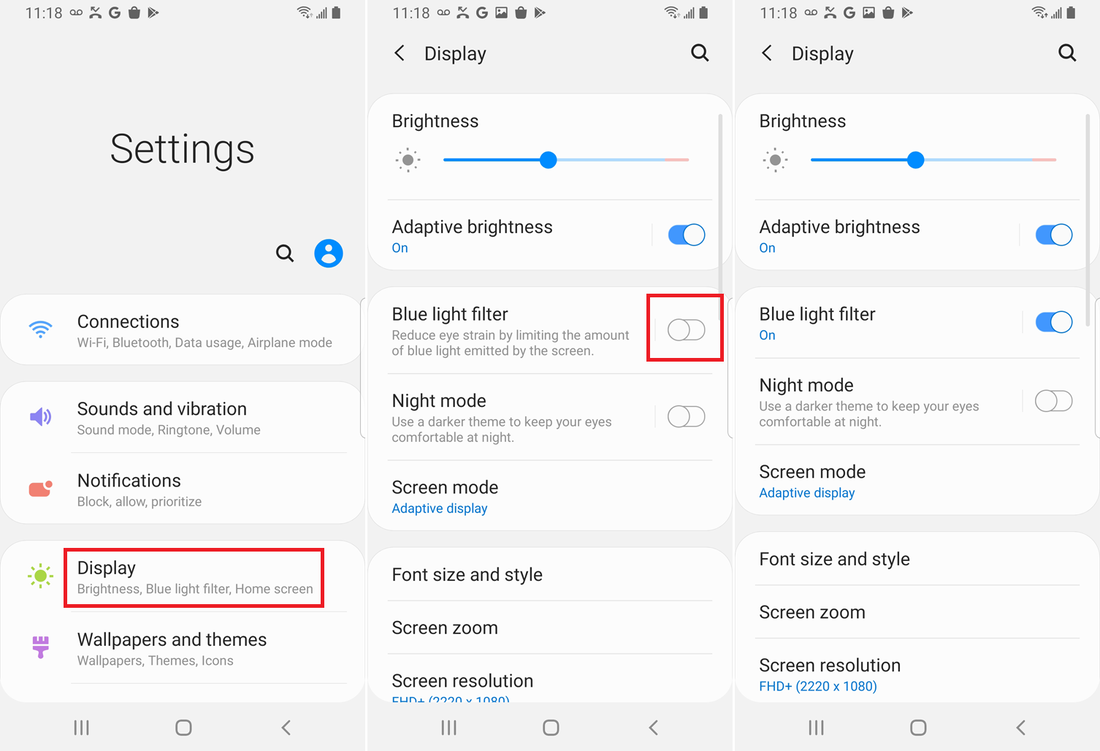
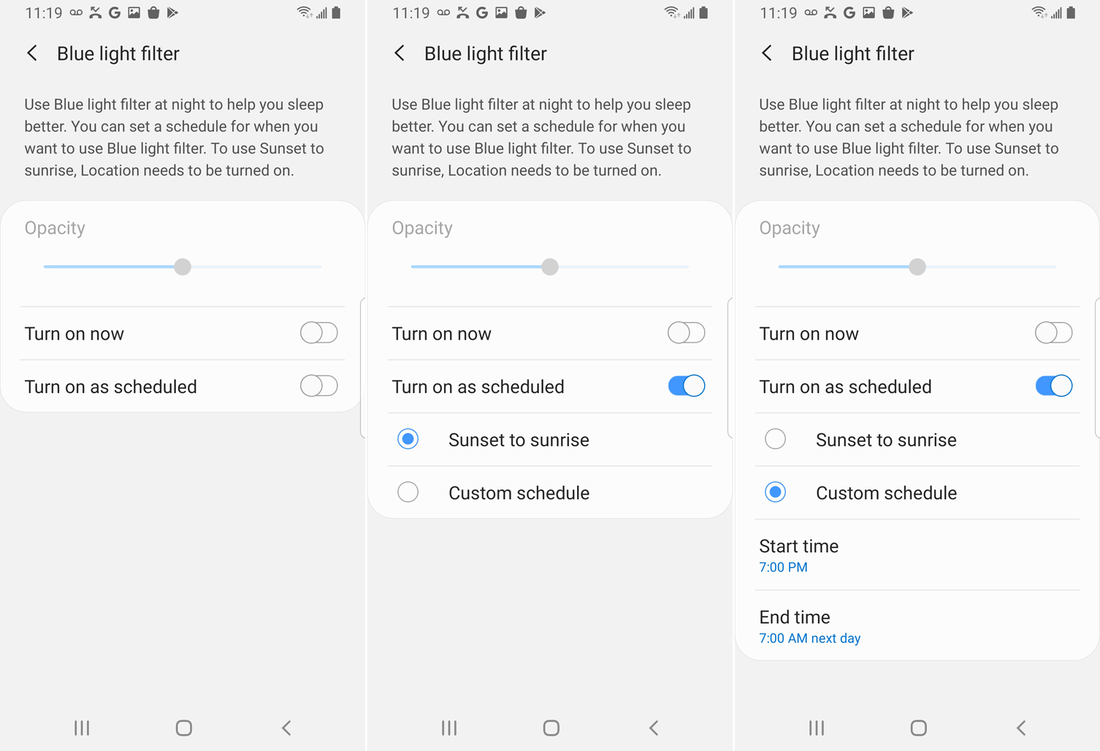
 RSS Feed
RSS Feed